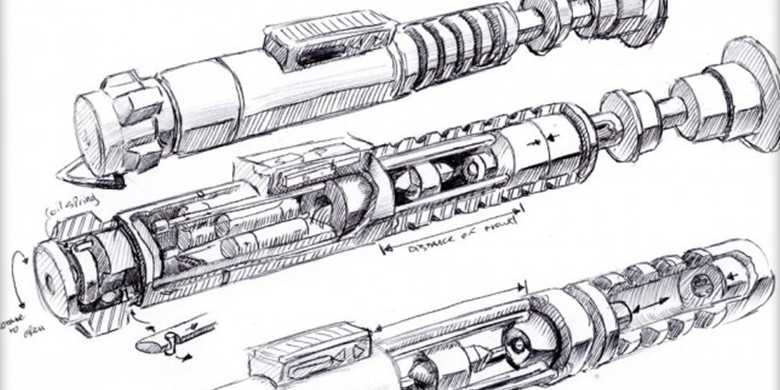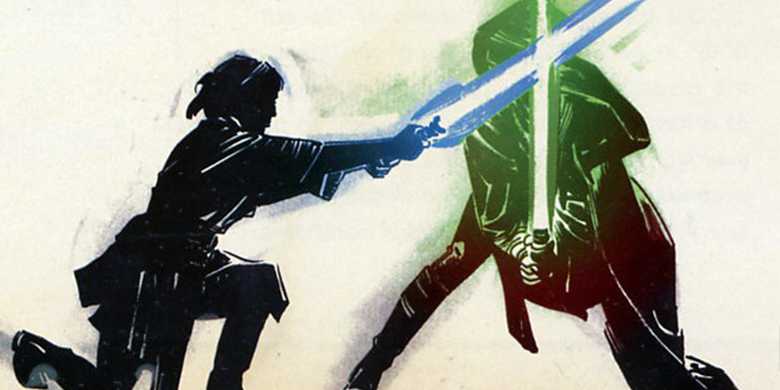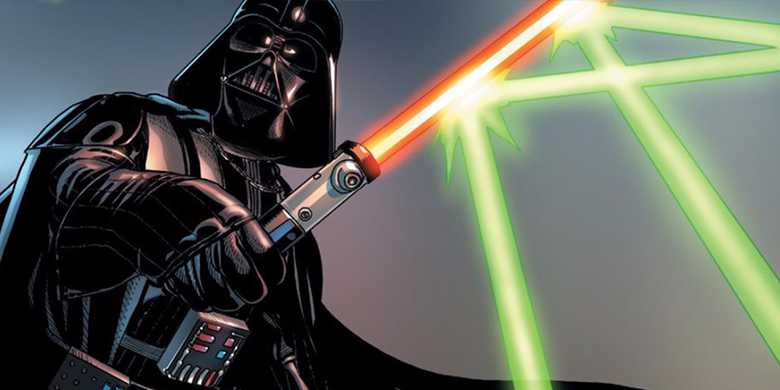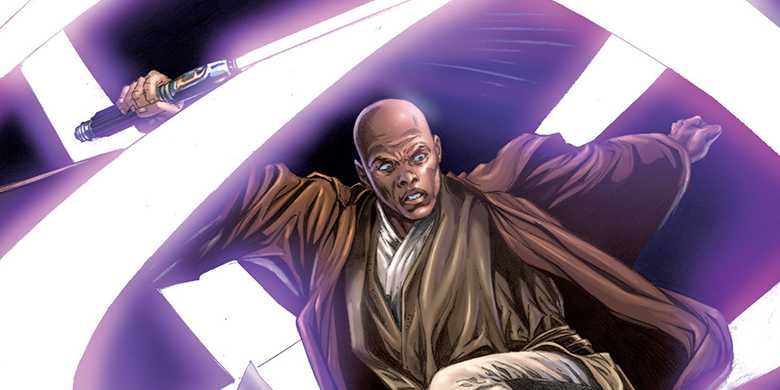

Art of the Lightsaber
Ever since Disney filed for a patent that could bring lightsabers one step closer to reality, I have been doing a lot of reading on Forms and how they are created. It is a fascinating process and interesting to learn which of your favorite Jedi, or Sith, specialized in which styles. Some even adapted a form and changed it to match their particular style and strengths. Let’s explore the art of the Lightsaber.
When children are brought into the Jedi order to train they are not given lightsabers right away. During their training they use training sabers to help hone their skills with the weapon. Though for most Jedi they don’t view it as a weapon, but a tool, an extension of their body. Younglings train for years before they are even ready to take the trials that leads to them building their own lightsaber. One of the key components to any lightsaber is a Kyber crystal. When younglings are ready they are sent to the Crystal Caves on the planet Ilum to obtain their crystal. Each crystal is force attuned to it’s user. If a youngling leaves the caves with a crystal, it is the will of the Force stating they are ready to build their lightsaber. As we have seen in The Clone Wars and Star Wars Rebels the Younglings, or in some cases Padawan (Ezra Bridger as an example), must use the Force to construct their lightsaber. The lightsaber design always matches the personality and strengths of the creator. In the case of Ezra his was designed with hiding it from the Empire, but as we have seen in Season 3 trailers for Rebels Ezra has made a new lightsaber and this one wasn’t created to conceal it. Let’s take a look at the lightsaber combat forms.

Form I, also known as Shii-Cho or The Way of the Sarlacc, is the most basic form known to the Jedi or Sith. It is also the oldest known form of lightsaber combat. This form was taught when the Jedi used swords before transitioning to the lightsaber itself. Form I’s main use is to disarm enemies without harming them. The main drawback is against a seasoned dueler, this form has poor defense. Notable Users: All Jedi, and Sith know this and have used this in some form in their lives

Form II, also known as Makashi or The Way of the Ysalamiri, was created when Jedi began dueling Sith, and any other lightsaber wielder. It puts focus on footwork, precision, and preventing disarmament. Use of a curved hilt lightsaber helped enhance control of this style. Notable Users: Count Dooku and Darth Vader: Dooku was considered a master of this form as he was only 1 of 2 Jedi to ever best Mace Windu in a duel, the other being Yoda.

Form III, also known as Soresu or Way of the Mynock, is the most defensive form a Jedi could use. It was first created to deflect blaster fire. It has tight, efficient movements that helps shield a Jedi’s body. Form III is almost a direct reflection of Jedi Philosophy as it is said to promote calmness and non-aggression. A Jedi must center themselves in the Force to be able to anticipate their opponents moves successfully. It has been said once mastered a Jedi is near invincible. Notable Users: Obi Wan Kenobi and Luke Skywalker: Obi Wan Kenobi took up Form III after the loss of his Master Qui Gon Jinn. In the Revenge of the Sith novelization Mace Windu is quoted as saying that Obi Wan is the Master of Soresu. This was one of the main reasons Kenobi was sent after Grievous.

Form IV, also known as Ataru or The Way of the Hawk-bat, is an extremely aggressive and acrobatic style. A Jedi using this form must channel the Force into high speed movements, near impossible leaps, and very powerful strikes. Due to it’s aggressive nature and the expenditure of energy, Form IV, is extremely dangerous to attempt and almost impossible to master. Expend too much energy and you leave yourself open to your foe. Notable Users: Yoda, and Qui Gon Jinn: Yoda is the only Jedi in history to have mastered all 7 lightsaber forms. He however prefers the use of the Ataru form. We first witnessed this in Attack of the Cones in his duel with Dooku. The Whirling Dervish nature of his attack dazzled us and amazed us.

Form V, also known as Shien/Djem So or The Way of the Krayt Dragon, came into being as an offshoot of Form III. It utilizes precise defensive motions to create more offensive opportunities. The first variation, Shien, was developed to be able to deflect blaster fire back at the one who fired it. The 2nd variation, Djem So, does the same exact thing as the first variation. Only this works against opponents who wield a lightsaber. Djem So uses precise defensive strikes to open up counterattacks. Notable Users: Anakin Skywalker and Luke Skywalker: This style was more apparent with Anakin in Revenge of the Sith in his duels with Count Dooku at the beginning and Obi Wan Kenobi at the end. Luke utilized this form in Return of the Jedi after his failed attempt to use Form III in The Empire Strikes Back.

Form VI, also known as Niman or The Way of the Rancor, was created by incorporating elements from the previous 5 styles. Jedi who do not intend to master any one combat form master this one as it offers a wide range of styles, and is extremely easy to master. Most notably Jedi who dual wield lightsabers, or use the double bladed lightsaber, utilize this form. The form itself incorporates the use of force powers along with dueling. We saw this in Empire when Vader was Force pulling objects at Luke while they dueled. Notable Users: Darth Maul and General Grievous: In Revenge of the Sith Grievous noted that Dooku trained him in lightsaber combat. Given it’s easy nature to learn and Grievous’ cybernetics, it allowed him to have the reflexes of a Jedi without having the Force.

Form VII, also known as Juyo/Vaapad or The Way of the Vornskr, is the most difficult of the traditional lightsaber forms as it takes a toll on a Jedi emotionally, mentally, and physically. Emotion fuels this form which can lead to chaotic and unpredictable moves which are meant to catch opponents off guard. The variation Vaapad was specifically created by Mace Windu right before the start of the Clone Wars. When using this form Windu would become a conduit and channel an enemies emotions back at him. It is also said that Vaapad brings one dangerously close to the dark side of the force if not properly controlled. Notable Users: Mace Windu and Maul: Maul took up this form once brought back by his brother, Savage Oppress, during the Clone Wars.

In closing the lightsaber and it’s forms shows just how elegant and efficient a tool it really was. Obi Wan’s words from A New Hope ring true here, “This is the weapon of a Jedi Knight. Not as clumsy or random as a blaster; an elegant weapon for a more civilized age.” With Season 3 of Rebels, and next year’s Episode VIII, we will see some fantastic work with a lightsaber. Not to mention once the Star Wars theme park opens we will all learn what it will be like to train as Jedi and wield as real of a lightsaber as we can get. May the Force Be with you all.
Follow Randy Guiles on Twitter @giggityguiles
